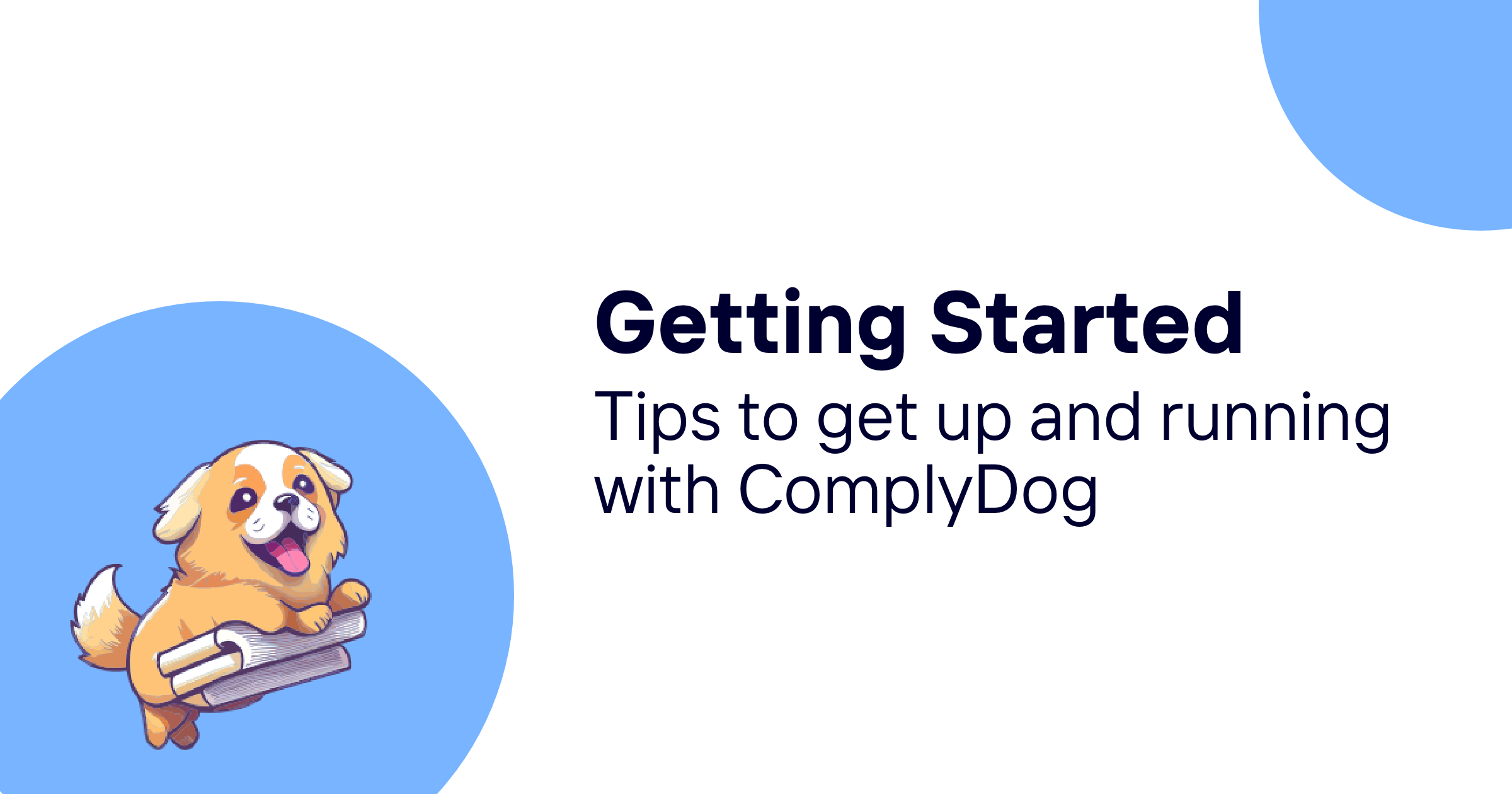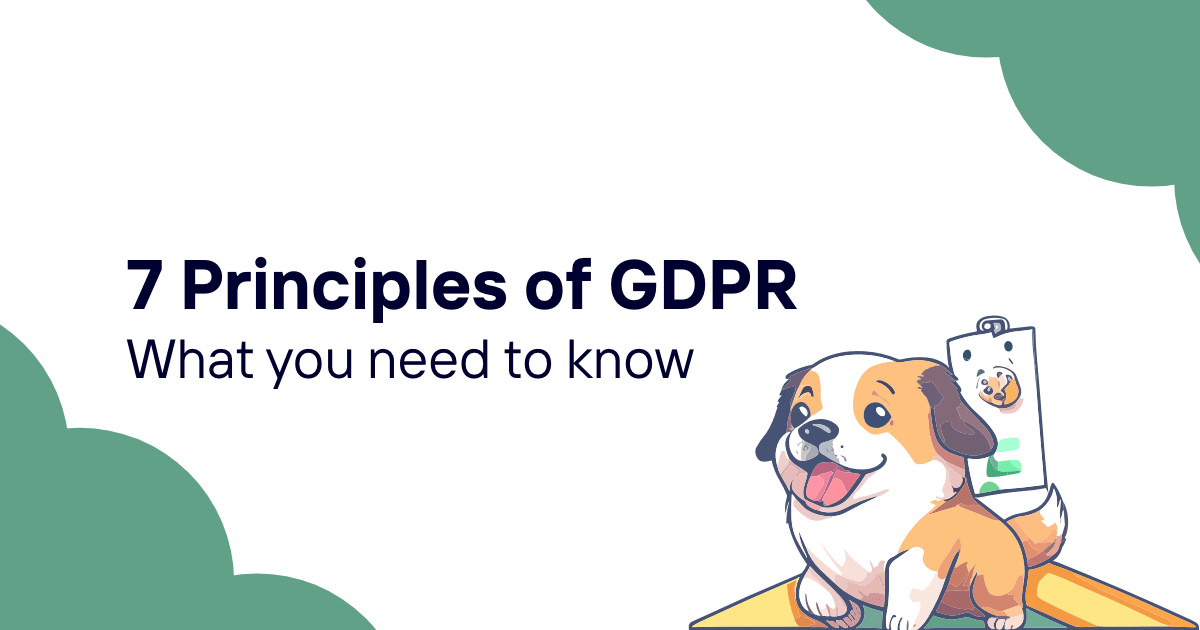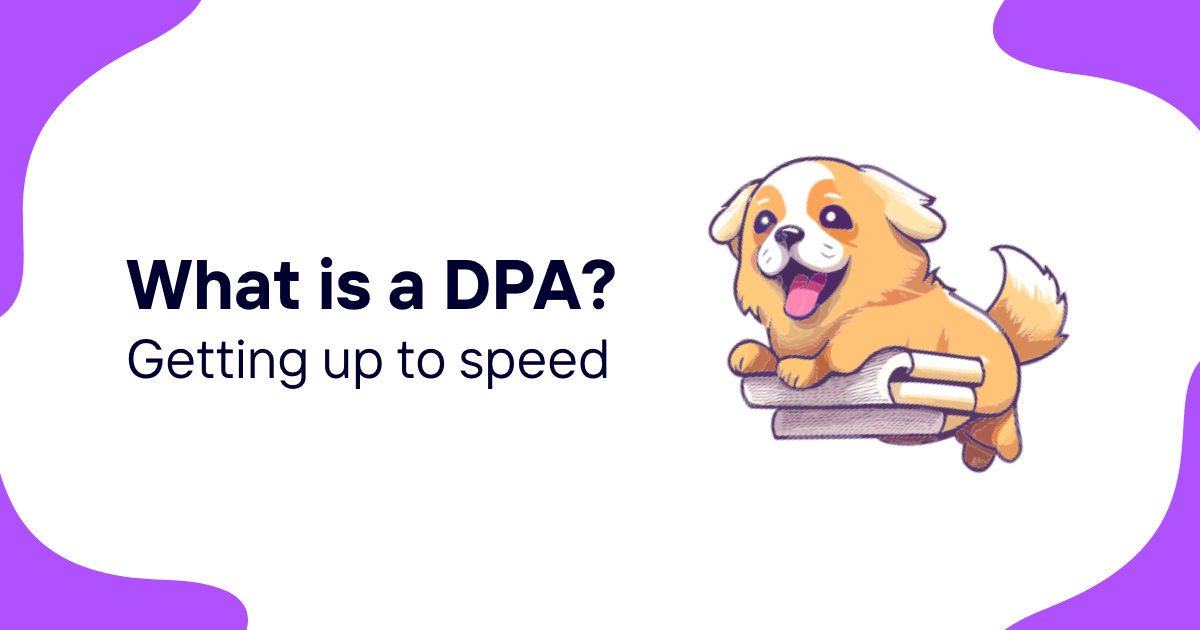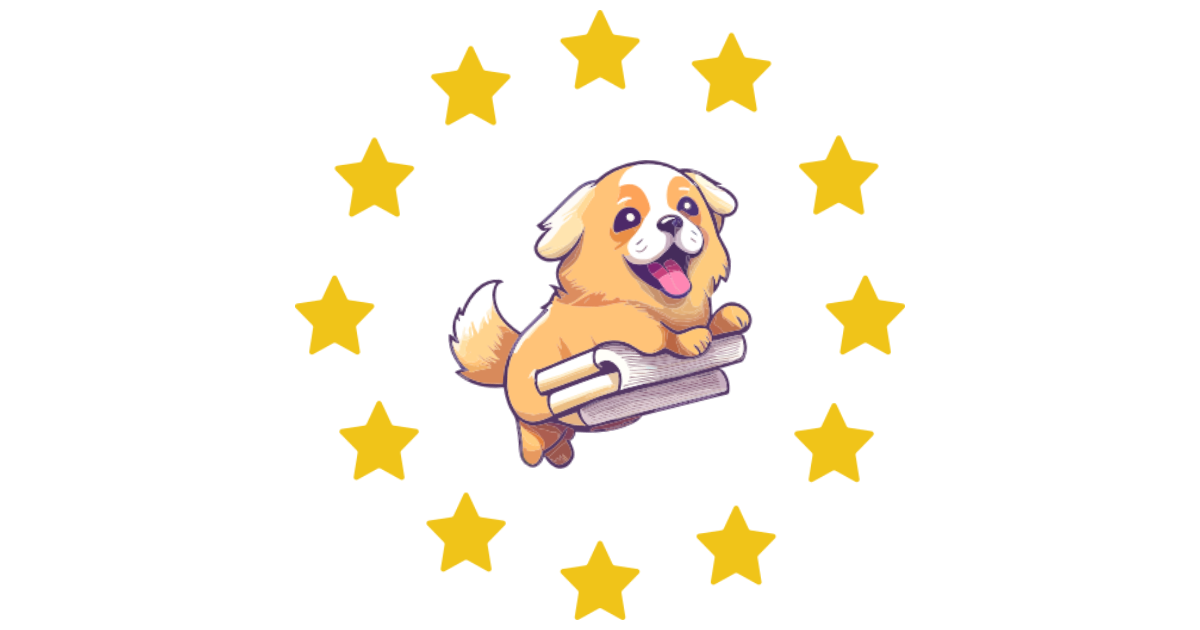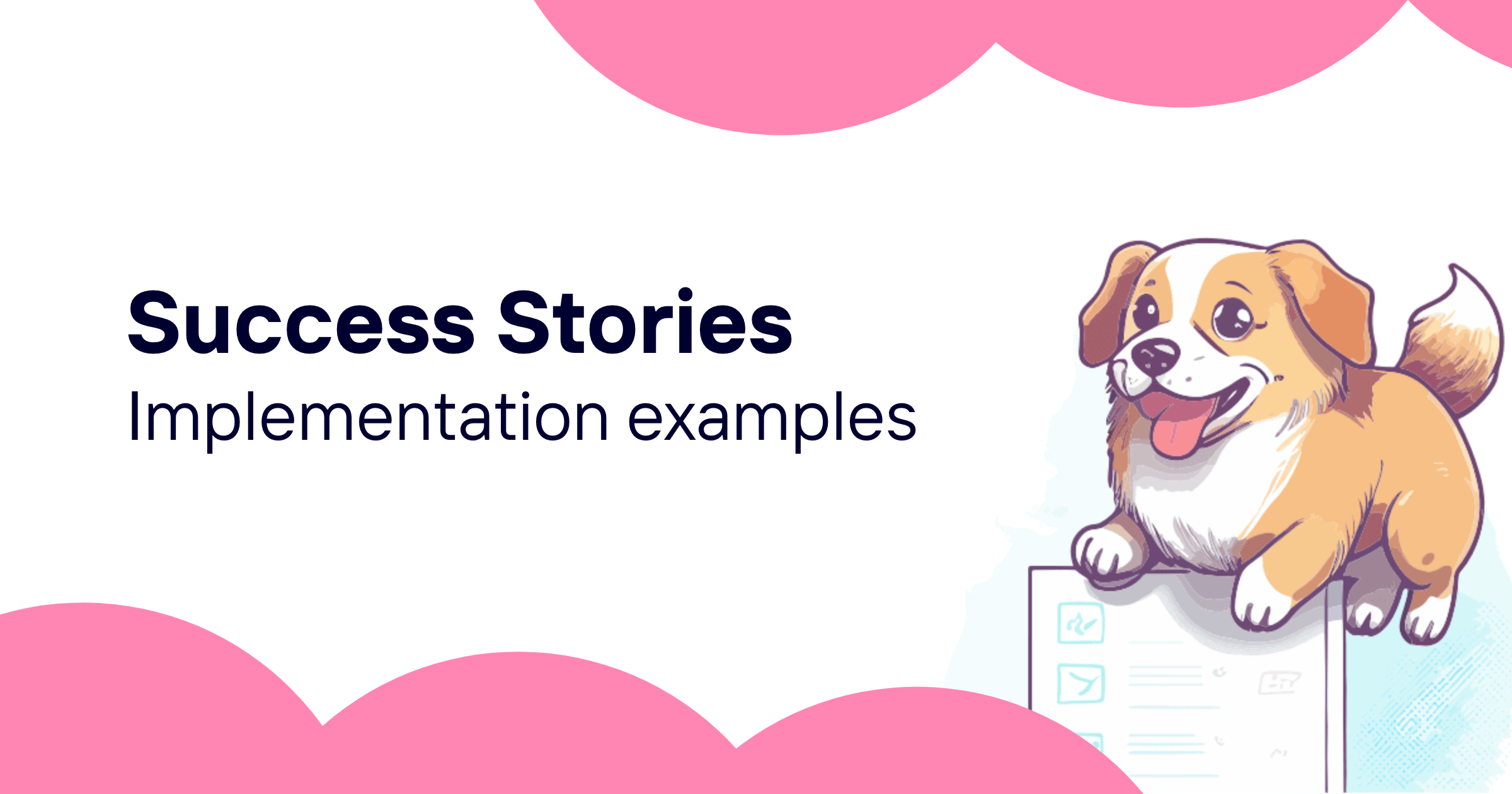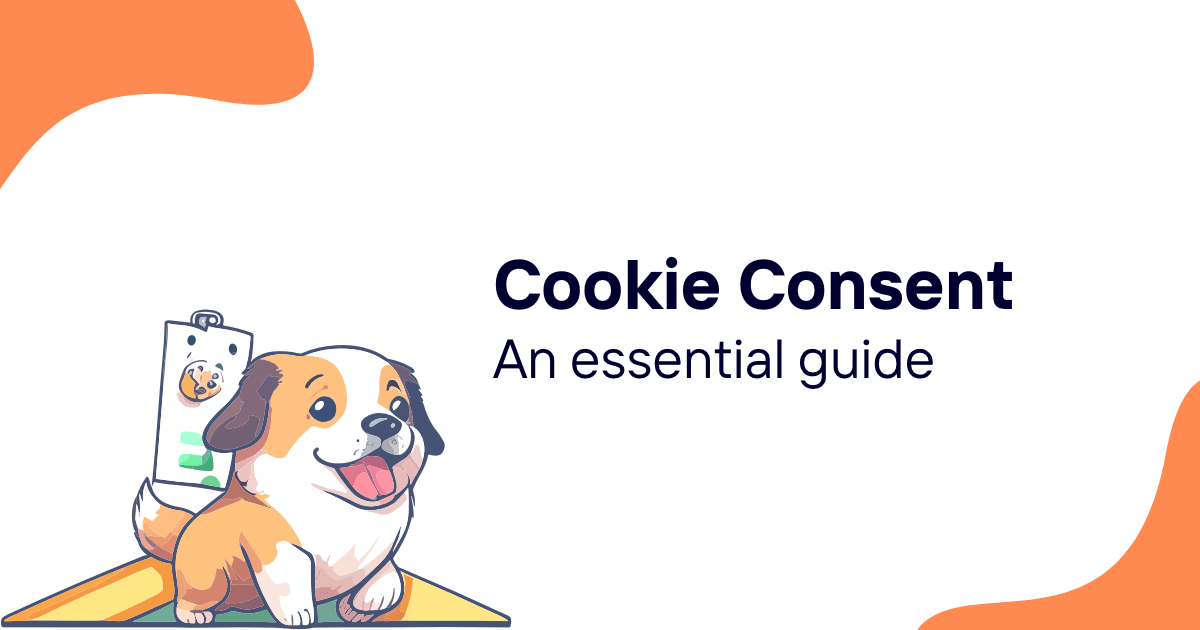Navigating the complex world of GDPR software compliance can feel like a daunting task. Whether you're a small startup or a large corporation, understanding and implementing the necessary measures to comply with the General Data Protection Regulation (GDPR) is crucial. It's not just about avoiding hefty fines; it's about protecting your users' privacy and building trust.
Fortunately, you're not alone in this journey. With the right strategies and tools, achieving GDPR compliance can be straightforward and stress-free. This guide will walk you through the essentials of GDPR software compliance, ensuring you're well-equipped to meet these important regulations head-on. Let's dive into making compliance a seamless part of your business operations.
Understanding GDPR Regulations
When you're venturing into GDPR software compliance, getting a solid grasp of the General Data Protection Regulation (GDPR) itself is crucial. This set of regulations, enforced since May 25, 2018, was designed to protect the privacy and personal data of EU citizens. At its core, GDPR mandates that businesses be transparent about how they collect, store, and use personal data. Additionally, it empowers individuals with the right to access their data, rectify inaccuracies, and even have their data erased upon request.
Under GDPR, your business must adhere to principles like data minimization, meaning you can only hold onto data that’s strictly necessary for your outlined purposes. Moreover, ensuring data accuracy and implementing measures for data security are non-negotiable. Failure to comply can lead to hefty fines, reaching up to €20 million or 4% of your annual global turnover, whichever is higher.
Here are key components of the GDPR you should be familiar with:
- Consent: Obtaining clear, explicit consent from individuals before processing their personal data is paramount. This means no more pre-ticked boxes or implied consent.
- Data Protection Officer (DPO): Depending on your operations’ scale and the nature of the data processing, appointing a DPO to oversee GDPR compliance may be mandatory.
- Data Breach Notification: In the event of a data breach, GDPR requires that you notify the relevant supervisory authority within 72 hours and, in certain cases, communicate the breach to the affected individuals as well.
Achieving compliance involves a comprehensive review and possible overhaul of your current data handling practices. It starts with conducting a data audit to understand what personal data you collect, why you collect it, and how you process and store it. This initial step is critical in identifying gaps in your compliance and determining the specific actions you'll need to take to address them.
Key Requirements for GDPR Compliance

Ensuring your software complies with the General Data Protection Regulation (GDPR) isn't just advisable; it's a necessity if your business handles data of EU citizens. Understanding the key requirements is your first step to safeguarding user data and avoiding hefty penalties.
Explicit Consent for Data Processing
Under GDPR, explicit consent from users for processing their personal data is non-negotiable. You must ensure your software only collects data after receiving clear, affirmative consent from individuals. This means pre-ticked boxes or any form of implied consent isn't sufficient.
Data Protection by Design and by Default
Your software must incorporate data protection measures from the onset of designing the system. This implies that only necessary data for the specific purpose is processed and that such data is accessible to a minimum number of personnel. Ensuring data minimization and restricted access is pivotal.
Appointment of a Data Protection Officer (DPO)
If your organization's core activities require regular monitoring of data subjects on a large scale or involve processing special categories of data, appointing a DPO is mandatory. The DPO oversees your GDPR compliance strategy, educating staff and acting as a point of contact between your company and supervisory authorities.
Breach Notification
In the event of a data breach, GDPR mandates that relevant authorities are notified within 72 hours of becoming aware of it. Moreover, if the breach poses a high risk to individuals' rights and freedoms, those affected must also be informed without undue delay.
Remember, GDPR compliance isn't a one-time task but an ongoing process. Keeping abreast with these requirements and implementing necessary changes in your software and organizational practices is essential for compliance. Regular training for staff on data protection principles and periodic data audits can ensure you remain on the right side of GDPR regulations.
Importance of GDPR Software Compliance

Understanding the importance of GDPR compliance in your software development projects is crucial for safeguarding user data and avoiding substantial fines. GDPR, or the General Data Protection Regulation, sets the standard for data protection and privacy for all individuals within the European Union. It impacts every organization that processes the data of EU citizens, regardless of where the company is based.
By prioritizing GDPR compliance, you're not only adhering to legal requirements but also building trust with your users. This trust is foundational in today's digital world where data breaches are common. Users are increasingly aware of their data rights and are more likely to engage with platforms that respect and protect these rights.
- Avoidance of Hefty Fines: Non-compliance can lead to fines of up to 4% of annual global turnover or €20 million, whichever is higher.
- Enhanced Customer Trust: When users know their data is treated with care, they're more likely to remain loyal to your platform.
- Competitive Advantage: Being fully compliant can be a strong selling point against competitors who are lagging in their data protection practices.
Implementing GDPR compliance is not a one-time task but a continuous process. It requires regular audits of data processing activities, consistent staff training, and prompt adaptation to any changes in data protection legation. This ongoing effort ensures that your software remains compliant over time, safeguarding not just user data but also the integrity and reputation of your business.
In a nutshell, GDPR software compliance is indispensable for businesses aiming to operate in or serve customers in the EU. It's a critical aspect that demands attention from the get-go, integrating data protection measures into the very fabric of your software development process.
Tools and Strategies for Ensuring Compliance

When navigating the complexities of GDPR compliance, leveraging the right tools and strategies is crucial. You'll find that the market is rife with solutions designed to simplify this process, but knowing which ones to incorporate into your business practices makes all the difference. Data Mapping Tools are invaluable for identifying and cataloging personal data across your systems, ensuring you understand exactly where sensitive information resides. This understanding is the first step in protecting it according to GDPR requirements.
Consent Management Platforms (CMPs) have become essential in managing user consents effectively. They help in not just obtaining consent in a GDPR-compliant manner but also in documenting and managing these consents over time. This tool is particularly important given that GDPR mandates clear and affirmative consent for data processing activities.
Privacy Impact Assessments (PIAs) are another key strategy. Conducting these assessments helps you evaluate and mitigate the risks to personal data processed by your projects or systems. While it might seem daunting, several software tools can automate and guide you through the PIA process.
In addition to specific tools, adopting a Privacy by Design approach is fundamental. This means considering privacy at the initial design stages of your projects and throughout the lifecycle. Here are some strategies to implement Privacy by Design effectively:
- Integrate privacy settings into your product as default options.
- Minimize the collection and storage of personal data.
- Encrypt personal data where possible to protect it from breaches.
- Regularly update and patch your systems to safeguard against vulnerabilities.
Remember, these tools and strategies are not a one-time setup but part of an ongoing commitment to GDPR compliance. Regular audits and updates to your compliance measures are necessary to keep pace with evolving data protection laws and technologies. By making GDPR compliance an integral part of your operational strategy, you not only adhere to regulatory requirements but also reinforce your commitment to user privacy and data protection.
Best Practices for Implementing GDPR Software Compliance

As you venture into the realm of GDPR software compliance, it's crucial to adopt best practices that not only ensure compliance but also enhance your operational efficiency. Navigating the intricacies of GDPR can appear daunting, yet with the right approach, you can make the process seamless and effective.
Firstly, it's essential to conduct a thorough data audit. Understand what data you collect, how you process it, and who has access to it. This initial step lays the groundwork for identifying potential vulnerabilities and areas where compliance efforts should be concentrated.
- Identify personal data
- Assess data processing activities
- Catalog data access and sharing
Secondly, integrating a Privacy by Design approach from the outset of your software development projects is pivotal. This means considering privacy at every stage of development, from initial design to final product. Key elements include:
- Incorporating strong encryption methodologies
- Minimizing the collection of personal data
- Ensuring privacy settings are set to high by default
Thirdly, employee training and awareness programs are indispensable. GDPR compliance isn't solely the responsibility of your IT department or Data Protection Officer. Every employee who interacts with personal data should have a solid understanding of GDPR principles and how they impact their daily tasks.
- Regular training sessions
- Updates on GDPR developments
- Clear guidelines on data handling procedures
Lastly, staying abreast of legal and technological changes is critical. GDPR requirements are not static, and neither are the technologies we use to process data. Regularly reviewing and updating your data protection measures ensures ongoing compliance and safeguarding against emerging threats.
- Schedule periodic compliance reviews
- Update security measures in line with technological advancements
- Adjust policies and practices as necessary
By integrating these best practices into your GDPR compliance strategy, you're not just ticking a regulatory box. You're building a robust framework that protects your users' data, fosters trust, and sets a foundation for sustainable growth in the digital landscape.
Conclusion
Navigating GDPR compliance in your software development projects requires dedication and a proactive approach. By leveraging tools like Data Mapping Tools and Consent Management Platforms alongside conducting regular data audits and adopting a Privacy by Design approach, you're setting a solid foundation for compliance. Remember, it's not just about avoiding penalties but also about enhancing operational efficiency, securing user data, and fostering trust. With ongoing employee training and an eye on legal and technological updates, you can ensure your business remains compliant and competitive in the ever-evolving digital landscape. Embrace these practices, and watch your organization thrive in the realm of data protection and privacy.

